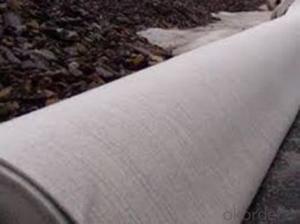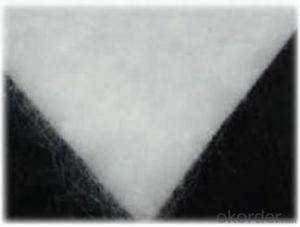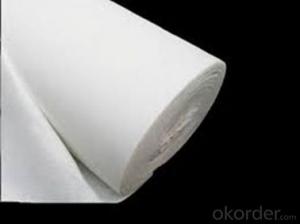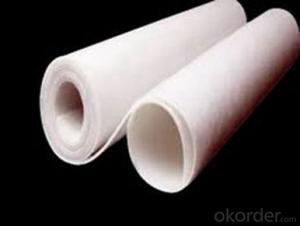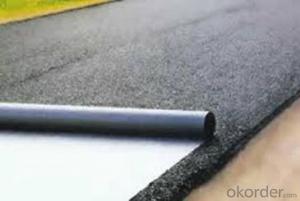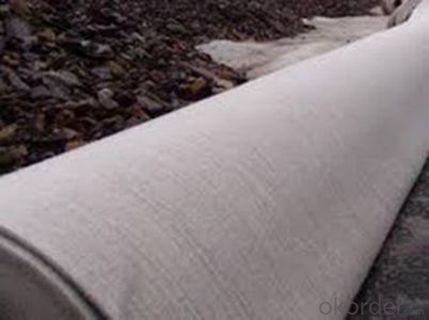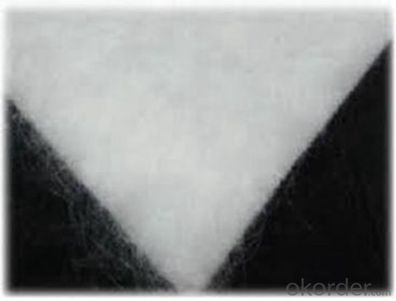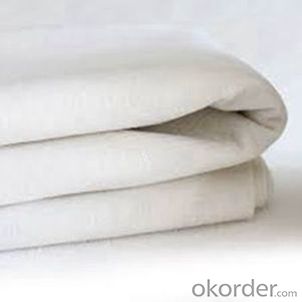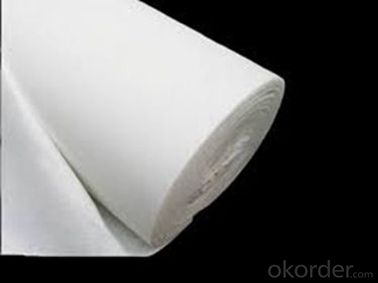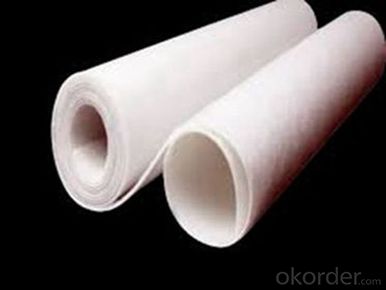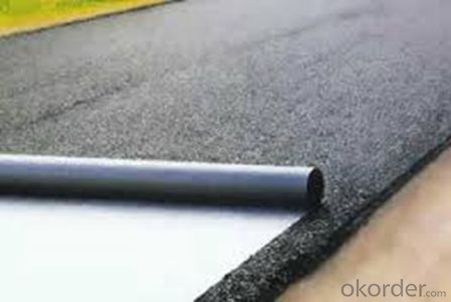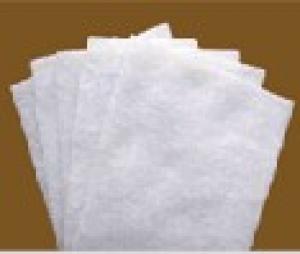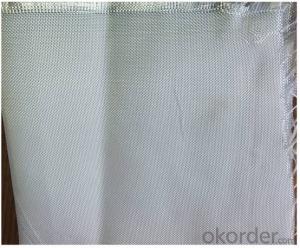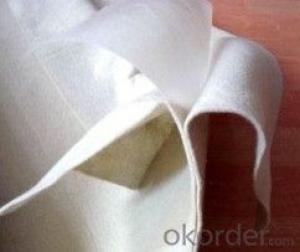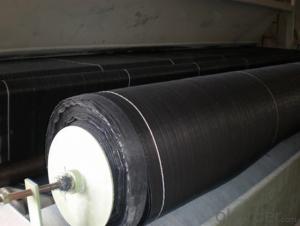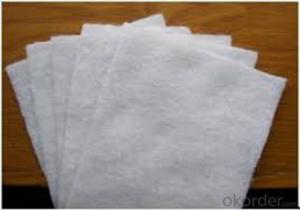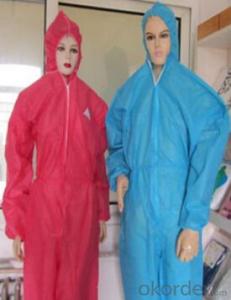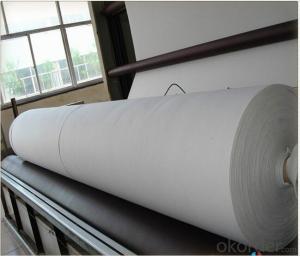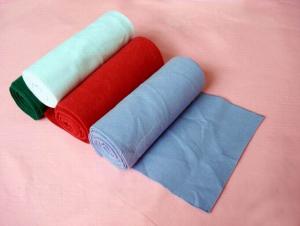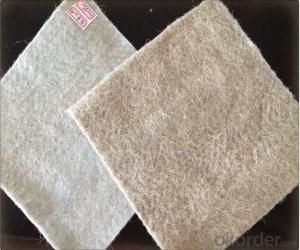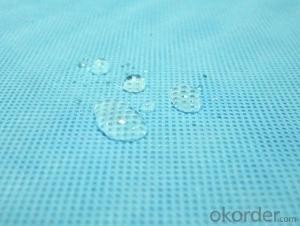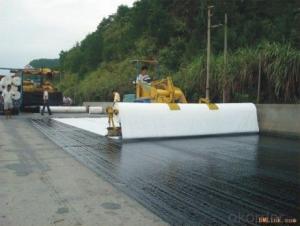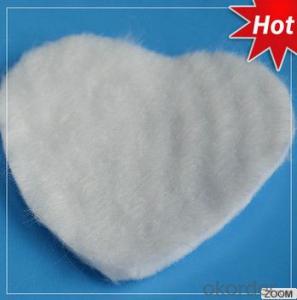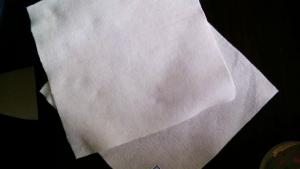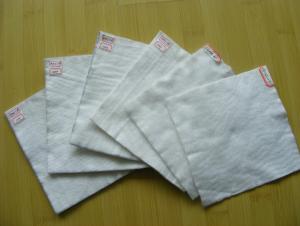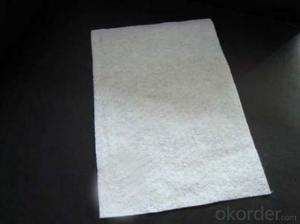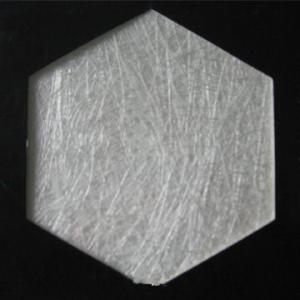100% PP Nonwoven Géotextile Bidim for Landfill, China
- Loading Port:
- China main port
- Payment Terms:
- TT OR LC
- Min Order Qty:
- 1000 roll
- Supply Capability:
- 10000000 roll/month
OKorder Service Pledge
OKorder Financial Service
You Might Also Like
Specification
Application
While the nonwoven fabric can be used in almost any stabilization,separation or cushioning application,they are most commonly used in areas that also require filatration.The non woven design of the material provides a higher rate of flow through,making it easier for water to pass through the material.Some commen uses of the material includes the following:
Road stabilization applications
Roofs
Civil applications
Railway work
Landfill lining
Trenches
Dams
Fitration under rip rap and rocks
Environmental applications
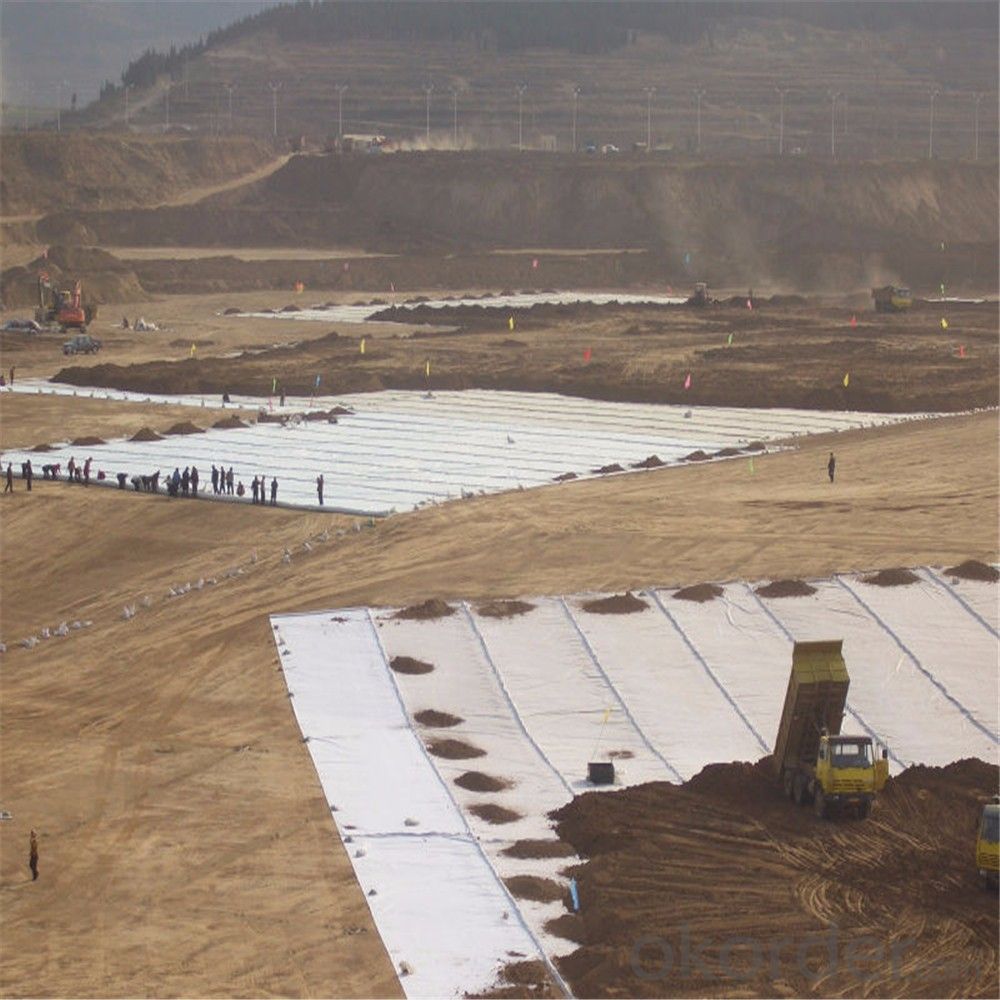
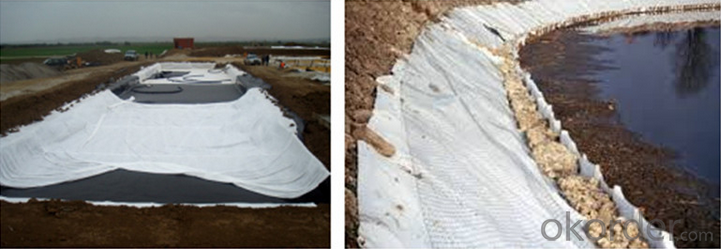
Our Service Quality assurance FAQ: Q: What kind of payments does jenor support? |
- Q: How do geotextiles help with soil confinement in erosion control bags?
- Geotextiles help with soil confinement in erosion control bags by providing a strong and permeable barrier that prevents soil particles from escaping. They act as a stabilizing agent, keeping the soil intact within the bags while still allowing water to flow through, reducing erosion and promoting vegetation growth.
- Q: Can geotextiles be used for reinforcement of railway tracks?
- Yes, geotextiles can be used for reinforcement of railway tracks. Geotextiles can provide stability and prevent the deformation of railway tracks by distributing loads and reducing stress on the subgrade. They can also improve drainage and prevent the intrusion of fine particles, enhancing the overall performance and lifespan of railway tracks.
- Q: How to deal with the use of geotextiles under the roof
- Geotextile with drainage board below, the phone is the account number
- Q: Whether the non-woven geotextile is required for inspection
- What is your project ah first look at your weight is enough that this is the initial judgment
- Q: How many grams of geotextiles on the top of the garage
- Drainage board is generally 1000 grams 20MM, geotextiles generally require 250 grams, you need to contact Huazhi geotechnical materials manufacturers to answer your questions
- Q: How are geotextiles used in construction?
- Geotextiles are used in construction to reinforce and stabilize soil, prevent erosion, and separate different layers of soil or aggregate materials. They are commonly used in road construction, landfills, retaining walls, and drainage systems to enhance the overall durability and performance of the structures.
- Q: Are geotextiles suitable for use in geotextile-reinforced soil walls?
- Yes, geotextiles are suitable for use in geotextile-reinforced soil walls. Geotextiles are designed to provide reinforcement, filtration, and separation functions in various geotechnical applications, including soil walls. They help to enhance the stability and strength of the soil structure, prevent soil erosion, and improve drainage. Geotextiles also offer durability and resistance to biological degradation, making them a reliable choice for geotextile-reinforced soil walls.
- Q: What is the lifespan of geotextiles?
- The lifespan of geotextiles can vary depending on several factors such as the quality of the material, environmental conditions, and the intended application. Generally, geotextiles are designed to have a lifespan ranging from a few years to several decades.
- Q: Do you have to have a mattress on the geotextile?
- 1, geotextile must be washed back to fill or sand protective layer and light compaction to prevent the subsequent construction of the destruction of geotextile, punctured and so on. But also a transition zone, to ease the upper load on the geotextile extrusion, tensile force and so on. 2, "Geotextile Construction Code QB / SNGSG-2004" and "Geosynthetics Application Technical Specifications GB / T-2017" backfill requirements: 1) timely backfill materials, backfill stone maximum drop of not more than 300mm, Heavy earth stones should not roll on the slope of the rolling; 2) fill the compaction should meet the design requirements, backfill 300mm loose layer, light compaction. 3, geotextile introduction: 1), geotextile by synthetic fiber through acupuncture or weaving made of permeable geosynthetics. Finished cloth for the cloth, the general width of 4-6 meters, the length of 50-100 meters. Geotextile is divided into a woven geotextile and non-woven geotextile. Advantages: geotextile with excellent filtration, drainage, isolation, reinforcement, anti-seepage, protection, with a light weight, high tensile strength, good permeability, high temperature, resistance to Freezing, anti-aging, corrosion-resistant advantages. 2), Disadvantages: in the rigid base waterproof requirements are not applicable (tensile rate does not meet the requirements), easy to break, scratches and so on.
- Q: Can geotextiles be used in erosion control in river channel stabilization?
- Yes, geotextiles can be used in erosion control in river channel stabilization. Geotextiles are commonly used as a protective layer to prevent erosion and stabilize riverbanks. They are effective in reducing soil erosion, controlling sediment movement, and promoting vegetation growth, making them an ideal choice for erosion control in river channel stabilization projects.
Send your message to us
100% PP Nonwoven Géotextile Bidim for Landfill, China
- Loading Port:
- China main port
- Payment Terms:
- TT OR LC
- Min Order Qty:
- 1000 roll
- Supply Capability:
- 10000000 roll/month
OKorder Service Pledge
OKorder Financial Service
Similar products
Hot products
Hot Searches
Related keywords
